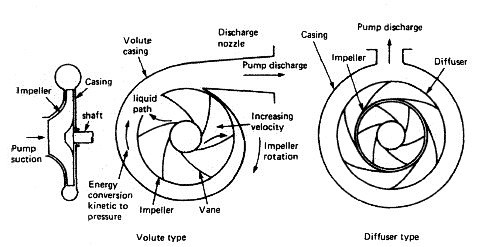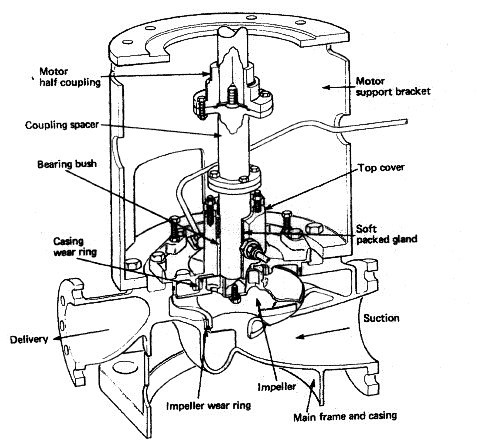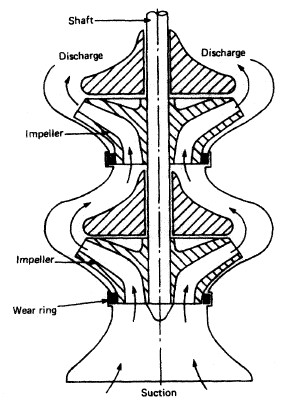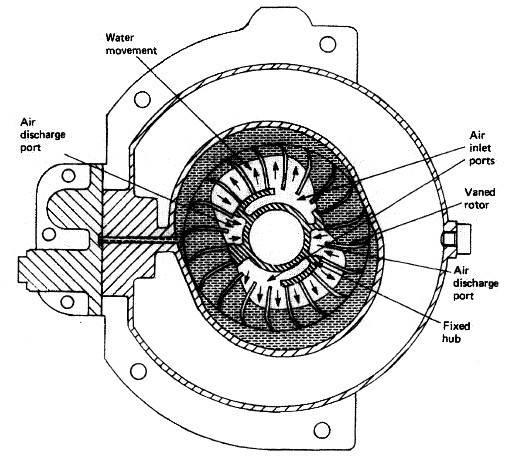Dec 25, 2011, 12:41PM EST
Mundra Port and Special Economic Zone Limited on a robust expansion of its dredging fleet
MPSEZ, which is part of the Adani Group, already has 13 dredgers in its fleet and has placed orders for three new building which includes Shanti Sagar. Two more dredgers are being built in India for MPSEZ. First being a water injection dredger and another self propelled hopper grab dredger. Both are scheduled to be delivered by the middle of next year.
Giving details about the Shanti Sagar XVI being built at the IHC Merwede shipyard, Col. Vinod George, Head of Dredging Operations of MPSEZ informed that the dredger is a 13,000kW stationary cutter suction dredger and will be deployed for capital dredging at ports under MPSEZ.
“The dredger is under construction at the IHC Merwede shipyard,” Col. George said. “The contract for the design, construction and delivery of the vessel was signed in November 2010, and the keel was laid on 11 May 2011. The vessel will be delivered in the second quarter of 2012.”
The new cutter suction dredger is an IHC Beaver® 9029C, which is capable of dredging a wide range of materials. The vessel is equipped with three Cutter Special® dredge pumps, which are specially designed with a large sphere passage for cutter suction dredge operations. The anchor boom and spud-tilting installations allow the dredger to operate in remote areas with limited support equipment. The large fuel oil carrying capacity also allows for a high level of autonomy.”
“Dredging is critical to the development of Mundra Port and the work is managed by Mundra Port Special Economic Zone’s dredging fleet,” stated Bala K. Subramaniam, Director of Adani Shipping (India) Pvt. Ltd., and the Senior Advisor to Adani Shipping Singapore Ltd., the Adani Group and also the Mundra Port and Special Economic Zone Ltd., (MPSEZ) “In all we have 11 dredgers built at IHC Merwede shipyard and two from China. The SHANTI SAGAR XVI will be the largest vessel supplied by IHC Merwede to date.”
“At the moment our dredging activity has been concentrated exclusively for deepening and maintaining the draft at our own ports at Mundra and Hazira,” stated Col. George. “We have done some dredging for TATA’s but that has been incidental. We also have our other facilities at Dahej port, Goa, Vishakhapatnam and elsewhere. We have not undertaken any outside dredging contracts so far but in course of time we may consider taking up even international projects.”
Adani Group is a business behemoth based in India having a global footprint with interests in Infrastructure, Power, Global Trading, Logistics, Energy, Port & SEZ, Mining, Oil & Gas, Agri Business, FMCG products, Real Estate Development, Bunkering, et al. Founded in 1988, Adani Enterprises Ltd. (formerly known as Adani Exports Ltd.) is today the flagship company of the Adani conglomerate.













































 BigBoreTM Seal Chamber
BigBoreTM Seal Chamber TaperBoreTM Seal Chamber
TaperBoreTM Seal Chamber




